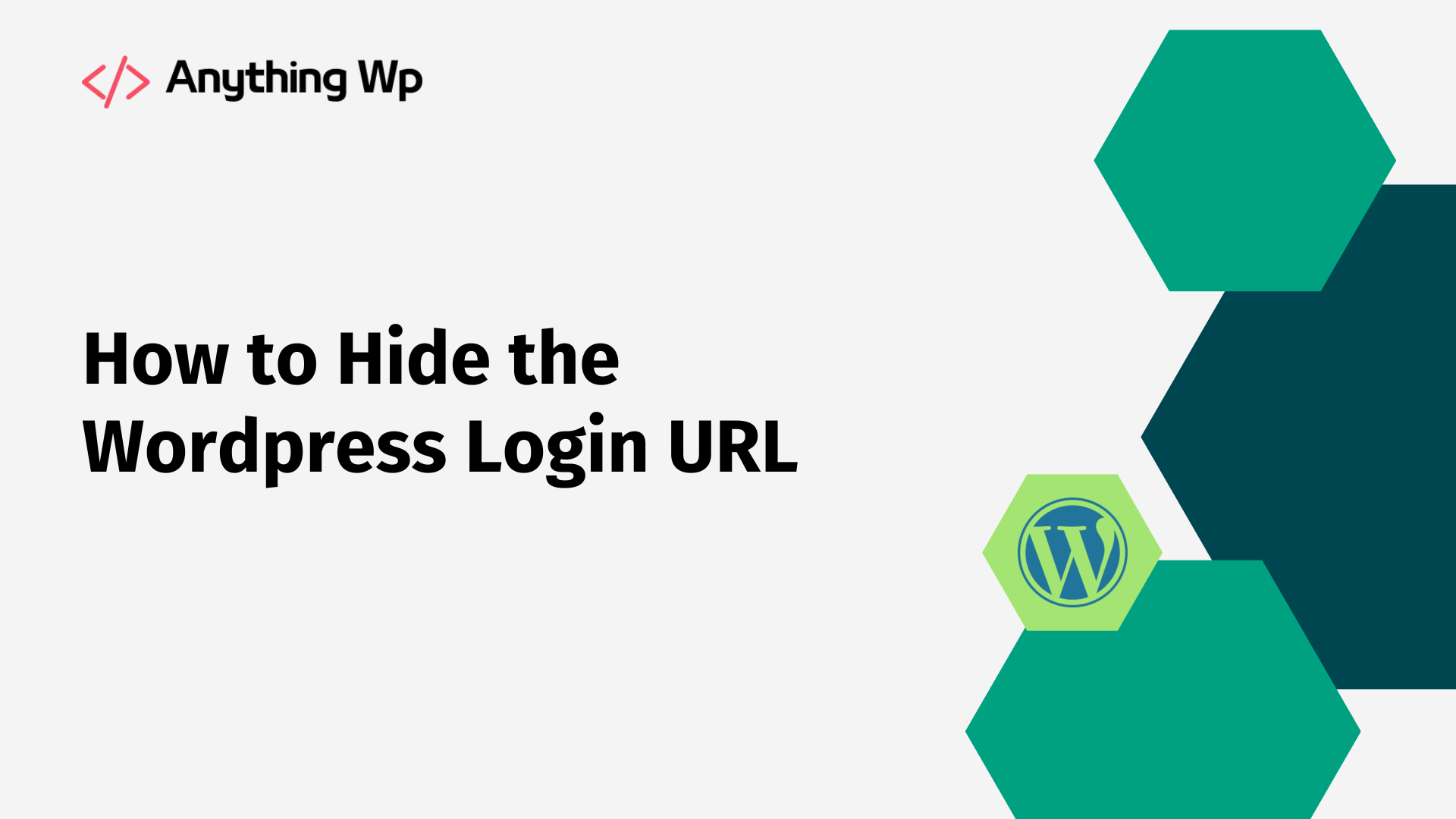WordPress has become one of the most popular and widely used content management systems, powering millions of websites around the world. With its popularity, however, comes the need for robust security measures to protect your WordPress site from potential threats. In this comprehensive guide, we will delve into essential security practices, recommended plugins, and proactive steps you can take to safeguard your WordPress website and maintain peace of mind.
1. Strong Passwords and User Roles:
Creating strong passwords for your WordPress admin and user accounts is the first line of defense against unauthorized access. We’ll explore the importance of strong passwords and provide tips on generating and managing them effectively. Additionally, we’ll discuss the significance of assigning appropriate user roles to minimize potential vulnerabilities.
2. Regular Updates and Backups:
Keeping your WordPress installation, themes, and plugins up to date is crucial for maintaining security. We’ll delve into the importance of timely updates and provide guidance on how to manage and implement them effectively. Additionally, we’ll emphasize the necessity of regular backups as an insurance policy against data loss or website compromises.
3. Securing Your WordPress Login:
The WordPress login page is a common target for malicious attacks. We’ll discuss techniques to secure your login page, such as limiting login attempts, implementing two-factor authentication, and customizing login URLs to deter brute-force attacks.
4. Essential Security Plugins:
We’ll explore some of the top WordPress security plugins that provide additional layers of protection. From malware scanning and firewall implementation to real-time threat monitoring and login protection, these plugins offer a range of features to enhance your site’s security posture. We’ll discuss their key functionalities and provide insights into choosing the right security plugins for your specific needs.
5. Protecting Against Malware and Hacking Attempts:
Malware infections and hacking attempts pose significant threats to your WordPress website. We’ll explore proactive measures to safeguard against such attacks, including using security plugins, conducting regular security audits, and employing web application firewalls (WAFs). We’ll also discuss common signs of a compromised website and steps to take for recovery and mitigation.
6. Securing Your WordPress Hosting Environment:
The security of your hosting environment directly impacts your WordPress site’s overall security. We’ll discuss the importance of choosing a reliable and secure hosting provider, securing FTP and SSH access, implementing SSL certificates, and using secure file permissions.
7. User Education and Best Practices:
Empowering your users with security knowledge and best practices is essential. We’ll provide guidance on educating your team or website contributors about password security, safe browsing habits, and recognizing and reporting potential security threats.
8. Monitoring and Auditing:
Ongoing monitoring and auditing are crucial to detect and mitigate security vulnerabilities. We’ll discuss techniques for monitoring suspicious activity, setting up security alerts, and conducting regular security audits to ensure your WordPress site remains protected.
Conclusion:
Safeguarding your WordPress website from security threats requires a proactive and multi-layered approach. By implementing strong passwords, keeping your site updated, using essential security plugins, and adopting best practices, you can fortify your WordPress site’s security and protect your valuable data and online presence. Remember, staying vigilant, proactive, and informed about evolving security trends and threats will help ensure the long-term security and success of your WordPress website.




